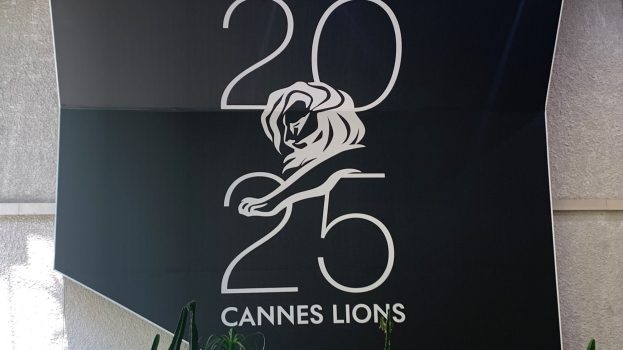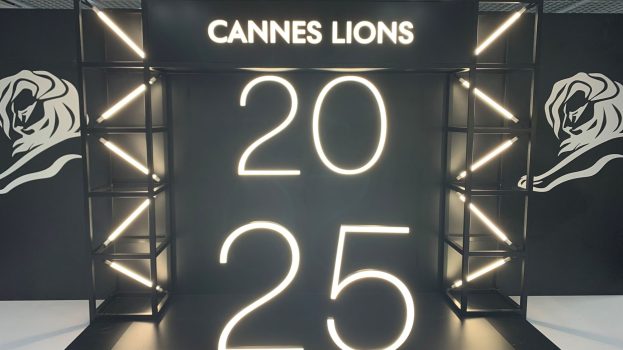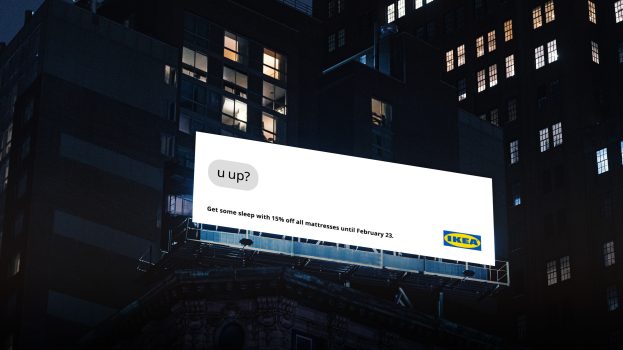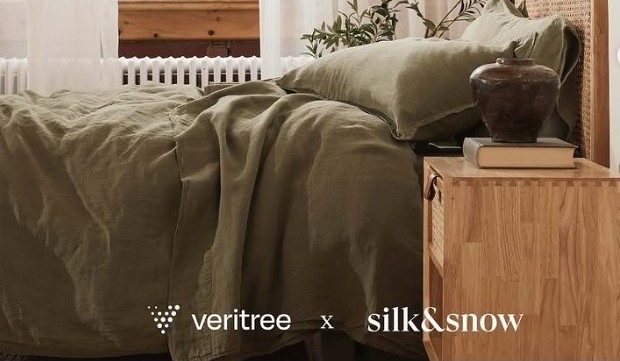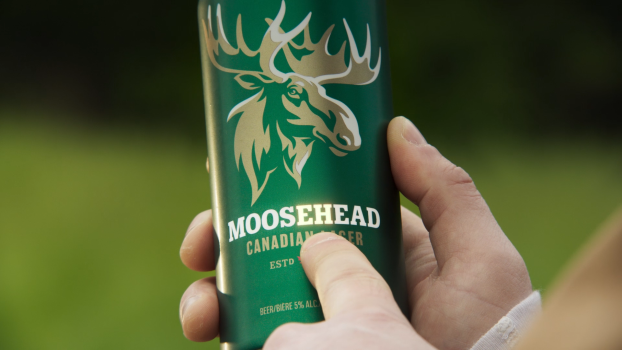Challenge
Société des alcools du Québec (SAQ) is la belle province’s liquor control board.
After extensive research, Sid Lee (formerly Diesel) determined that it had four distinct consumers: Convivial, Discoverer, Passionate and Connoisseur. But in the Discoverer, the SAQ saw big growth potential.
This segment was identified as most likely to buy better wine due to their wine knowledge and inquisitiveness level. And, as their interest grew, they were also the group that would go from a $12 to an $18 bottle of wine.
Given this goal, would another ad campaign really do the trick?
Insight
Design and merchandising of the SAQ’s Sélection stores, totalling 80 across the province, aligned with the industry structure rather than the needs and wants of the consumer. French wines represented 60% of SAQ’s sales, and most of the stores’ layouts were mapped out by country of origin and region. So wines from Bourgogne and Languedoc-Roussillon were grouped accordingly. The result was much like going to a shoe store where the merchandise was displayed by country of origin, then not being able to open or try on the shoe.
Discoverers wanted to be educated, but the SAQ retail spaces didn’t support that.
B!G idea
Sid Lee’s aim was not aesthetic in nature, but to re-invent the retail experience to respond to consumers’ needs – whether that be to jet in and out in five minutes or linger for a few hours.
The store layout would be reorganized to concentrate on four different consumer-centric drivers:
* Varietals
* Food and wine pairing
* Type of flavour
* Price
One area would be redesigned to appeal to the five-minute shopper. POPs would display group wines by variety of grape. All merlots from various countries, for example, would be grouped together under the ‘Merlot’ banner. Accompanying POP would also outline different food and wine matches with pictures of the items. Wine flavours would be colour-coded using a scale of increased intensity to reveal the wine’s dryness. And wine would also be grouped according to price.
The other area of the store was for consumers with more time. Here they’d enter a museum-type environment, with POP outlining the history of the product, region of origin, aging technique, composition of the product and type of glasses to use.
Impact
The first revamped location opens in Laval, Que. at the end of November, says Jean-François Bouchard, president of Sid Lee. Client and agency are so confident in the concept, that it will be rolling out in other stores in the months following. All of the SAQ’s Sélection stores will eventually be transformed, he adds, with learnings gradually applied to all the other stores on the SAQ banner (which include SAQ Classique and SAQ Express).
WINE OVER MATTER
Why the judges said this simple strategy was golden
Niraj Dawar
‘[This campaign] eschewed traditional thinking on several dimensions (message, medium, etc.) in favour of asking questions about altering consumer purchase and consumption behaviour.
‘The insight in the agency’s recommendations was that to alter consumer behaviour, an important step was to present in-store information to them in a format they find relevant to the choices they are making.
‘By categorizing the wine displays according to consumers’ use of the information, you are likely to get far greater buy-in and are working with the consumer to facilitate their choices, rather than forcing them to think in terms of categories that they may not find informative.
‘The category structures also permit the retailer to gain greater control over the consumers’ purchase, and provide a value-add at the point of sale.’
Alan Kay
‘Sid Lee did the most rigorous customer needs analysis. Big ideas can only come from big customer research – not the usual focus groups, mind you.
‘Another reason [I liked it] was that ‘creative’ was in the form of the retail space. Too much focus is still on advertising. It’s only a big idea if it is integrated with the client’s business.’
Mike Welling
‘In the end, Sid Lee won out because it was a great case of fully understanding the challenge and the real business issue which led to the redesign of retail space and merchandising – a major investment for any retailer, but the in-market success of this may be premature to judge. Still, they didn’t jump to a traditional ‘create an ad/campaign’ solution.’

